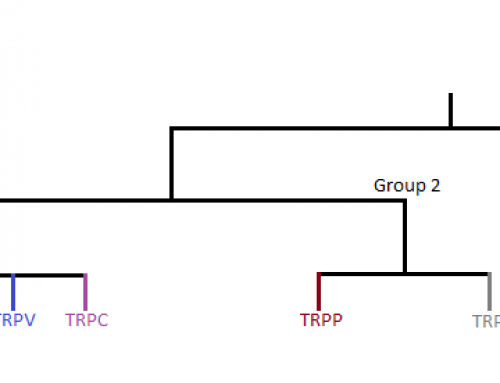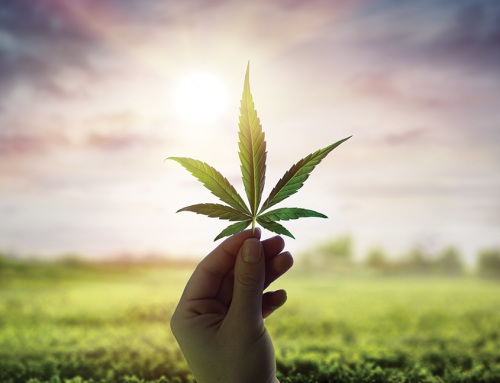It’s been over 80 years since cannabis prohibition began, 50 years since President Nixon declared a war on drugs, and nearly 40 years since Reagan initiated the most effective anti-drug campaign in American history – “Just say no.” Most of what Americans were taught about cannabis during the war on drugs has been shown to be untrue or overblown; common still are fear-mongering headlines warning against the consumption of cannabis. Despite these headlines, there is now a wave of cannabis deregulation washing over the globe, and it’s happening at a startling clip. So is there reason to be worried about cannabis use in teenagers? Maybe. Probably. But in reality, it’s not cannabis that’s the problem – it’s our cannabis policy.
In a newly published report from JAMA Pediatrics, Cannabis-Use-Disorder (CUD) was found to be increasingly common in adolescents (12-17 years old) and can occur in up to 20% of adolescents who consume regularly. For those who don’t know about CUD, it is a medically accepted diagnosis characterized by escalating doses, an inability to quit or reduce cannabis consumption, an inappropriate shift in focus from other activities towards cannabis, and continued use despite adverse consequences in one’s life. Upon release of this new JAMA report, many news organizations jumped at the opportunity to point out that the development of CUD is more common in adolescents than is opioid use disorder and alcohol use disorder. These organizations were quick to highlight that cannabis use disorder is common in youth, noting that CUD is found to be more common when cannabis use (marijuana) begins in the earlier teen years.
What these news organizations did not point out is that cannabis, unlike alcohol and opioids, is a mostly unregulated market. Even legal states where there are regulations on cannabis, teen access to cannabis is still alarmingly prevalent, thanks to booming gray markets that thrive on prohibition. In fact, in 2013, nearly 50% of all 12-17 year olds said they could obtain cannabis “easily” or “fairly easily.” In addition to access to the drug due to prohibition, teenagers can also easily hide smoking cannabis from parents – at least compared to most drugs. Effects are often short lived and relatively mild, compared to other substances like alcohol. Accessibility of alcohol is a major driver of teen use, so seeing higher rates of CUD compared to more regulated substances make sense given the clear availability of cannabis and the simplicity of hiding use.
It is no secret that using drugs at an early age can alter brain development – this correlation has been established for cannabis, which is why for decades it was labeled as a “gateway drug.” However most science now suggests this effect has little to do with cannabis itself. In fact, even the National Institute on Drug Abuse (NIDA), which has a long standing anti-cannabis slant, now openly acknowledges this on their website. The gateway effect, sometimes called cross-sensitization, has also been demonstrated with alcohol and tobacco use during teenage years, not just cannabis. In addition, the negative outcomes associated with early cannabis use may be more a result of external factors (e.g. social environment, economic factors, coping skills) that lead to risky behaviors at an early age in the first place, and not necessarily related to the drug itself. These same factors could also be responsible for negative outcomes often seen later in life among adolescent drug users.
So is CUD a problem? Well, we would be remiss not to mention the obvious – namely, this isn’t your grandfather’s weed. It is true that cannabis potency is on the rise, with THC levels tripling in the past 30 years. However, that’s only true of the average cannabis tested by the US federal government. There have been very potent varieties being grown for a long time, just not at this scale. As a pro-cannabis pharmacist, I would argue that the actual weed itself (cannabis flower) is not the main problem. Inhalable concentrates, especially those coming from the unregulated market, seem to be the most problematic ingestion method. This type of ingestion often results in larger doses and/or more bioavailability compared with smoking. This is especially true with dabbing, which naturally lends itself to escalating dosing. In addition, concentrates in the form of vape cartridges have added a tremendous amount of discretion to consuming cannabis. This can be beneficial for users who need this level of discretion or situations that require it, but it also can be a driver of misuse. You can now essentially puff on a vape anywhere and at any time of the day, providing a quick hit of THC (and dopamine), reinforcing the drug-taking behavior. It isn’t really a surprise that when cannabis concentrates find their way into the hands of immature teenagers that we see an increased rate of CUD.
So, if use is problematic in teens, is the solution to revert to prohibition? Doubtful. If we look at the JAMA report and evaluate the most abused substances by young adults (18-25 years old) – alcohol and cigarettes – you see a higher rate of abuse for these substances in young adults than in adolescents. In fact, the JAMA report shows that, in young adults, use disorder with alcohol or cigarettes is much more common than it is with cannabis. Young adults are more likely to consume and misuse more culturally acceptable substances like alcohol and nicotine. This reinforces the concept that cannabis itself is not highly addictive in teens, but rather, easy access to cannabis is a major driver of teen use. When young adults come closer to legal drinking and tobacco age, we find that they’re more likely to misuse cigarettes and alcohol over cannabis.
Many teens don’t have access to regulated substances like alcohol and tobacco, so naturally as inquisitive teens they opt for the more readily available cannabis. Since the cannabis industry has long been forced into the shadows by federal prohibition, the illicit market has boomed and continues to thrive in today’s market. As it’s been for decades, adolescents are more likely to have access to illicit cannabis than to licit substances like alcohol or cigarettes – which the JAMA survey data is indicative of. JAMA Pediatrics also published a study in 2018 looking at cannabis use and found no increase in youth cannabis consumption following legalization. So, when you hear someone raising the alarm about the dangers of teen cannabis consumption, remind them that the solution to the problem is not prohibition – we’ve already tried that. The solution is thoughtful cannabis policy.
Go to trichomes.com to see this article.
References:
Anderson DM, Hansen B, Rees DI, Sabia JJ. Association of Marijuana Laws With Teen Marijuana Use: New Estimates From the Youth Risk Behavior Surveys [published online ahead of print, 2019 Jul 8]. JAMA Pediatr. 2019;173(9):879-881. doi:10.1001/jamapediatrics.2019.1720
Blanco C, Ogburn E, Pérez de Los Cobos J, et al. DSM-IV criteria-based clinical subtypes of cannabis use disorders: results from the National Epidemiological Survey on Alcohol and Related Conditions (NESARC). Drug Alcohol Depend. 2008;96(1-2):136-144. doi:10.1016/j.drugalcdep.2008.02.008
Freeman TP, Craft S, Wilson J, et al. Changes in delta-9-tetrahydrocannabinol (THC) and cannabidiol (CBD) concentrations in cannabis over time: systematic review and meta-analysis [published online ahead of print, 2020 Nov 7]. Addiction. 2020;10.1111/add.15253. doi:10.1111/add.15253
Friese B, Grube JW, Moore RS. Youth acquisition of alcohol and drinking contexts: an in-depth look. J Drug Educ. 2013;43(4):385-403. doi:10.2190/DE.43.4.f
NIDA. Letter From the Director. National Institute on Drug Abuse website. https://www.drugabuse.gov/publications/research-reports/marijuana/letter-director. May 27, 2020 Accessed April 4, 2021.
Substance Abuse and Mental Health Services Administration, Results from the 2013 National Survey on Drug Use and Health: Summary of National Findings, NSDUH Series H-48, HHS Publication No. (SMA) 14-4863. Rockville, MD: Substance Abuse and Mental Health Services Administration, 2014.
Volkow ND, Han B, Einstein EB, Compton WM. Prevalence of Substance Use Disorders by Time Since First Substance Use Among Young People in the US. JAMA Pediatr. Published online March 29, 2021. doi:10.1001/jamapediatrics.2020.6981



